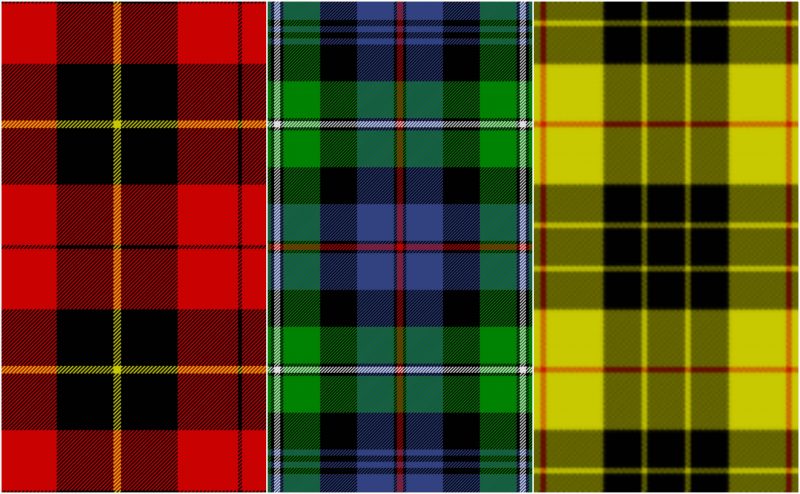The Scottish clan could be understood as a kinship group, a political system, defending a territory, or a “style” of survival among the Scottish people.
Today the Scottish clans are recognized by the Court of Lord Lyon as official kinship structures that give their members a sense of shared identity and descent. The word “clan” is derived from the Gaelic word “clanna” which means “children”.
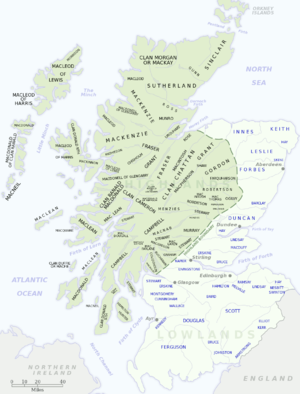
The clans usually have their own clan chief, and those that don’t are known as armigerous clans. Under the Scots law, those clans who have recognized chiefs are considered a noble community. The members of a certain clan identify themselves with geographical areas that have been controlled by their ancestors. Each year there is the annual Clan Gathering in Edinburgh when 50,000 people arrive from all around the world to celebrate the Scotish culture and their family history.
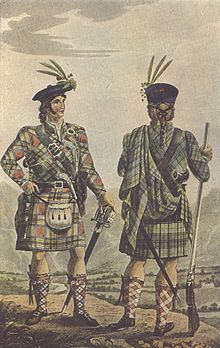
According to the former Lord Lyon, Sir Thomas Innes of Learney, a clan is a community that is distinguished by heraldry and recognized by the Sovereign. Many of the clans have a rich and intriguing history. Dating from the 19th century, a trend developed among the clans to use their own, recognizable tartan patterns. Clans can be Highland and Island or Lowland and Border clans. Some of the best known Scottish clans are Clan MacLeod, Clan Mackenzie, Clan Mackintosh, Clan Eliot, and Clan Wallace.
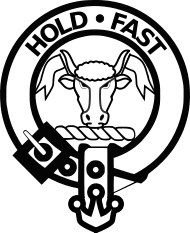
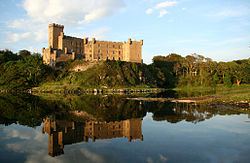
Clan MacLeod is a Highland Scottish clan descending from Leòd, who lived during the 13th century at the Isle of Skye. It is divided into two main clan branches – the MacLeods of Harris and Dunvegan, whose chief is MacLeod of MacLeod, and the Clan MacLeod of Lewis and Raasay, whose chief is Macleod of The Lewes.
Leod had two sons, Tormod (the anglicized form being Norman), and Torcall (anglicized as Torquil), who became the ancestors of the MacLeods of Harris and Dunvegan and the MacLeods of the Lewes. The motto of the MacLeod clan is “Hold Fast”.
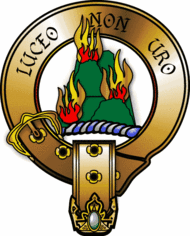

Clan Mackenzie is also a Highland Scottish clan that inhabited and possessed the lands from the Island of Lewis in the west to Ross on the east coast of the mainland. The Mackenzie Clan is considered the 4th most powerful clan in Scotland. The surname Mackenzie in Scottish Gaelic is “MacCoinneach” which means “son of the fair bright one”. It is believed that the clan descends from the 12th century although the first records of a Mackenzie chief date from the 15th century and state Alexander Mackenzie of Kintail as the first known chief of the clan. The motto of the clan is “I shine not burn”.
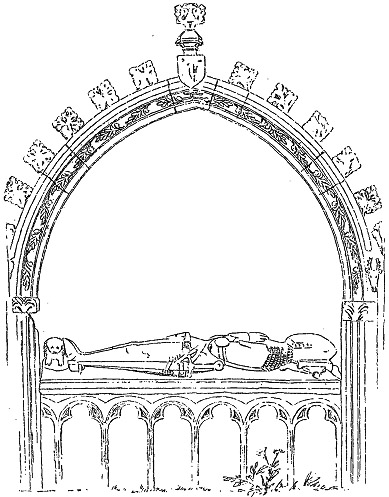
Another Scottish Highland clan is the Mackintosh Clan from Inverness. The founder of the Clan is considered to be MacDuff, the ancestor of the earls of Fife. The name, in translation from the Gaelic, means “Son of the Thane” (or chief/leader). The heartland of the clan was the lands of Petty which were also the burial place of the chiefs. Since 1995, the chief of the clan is John Lachlan Mackintosh of Mackintosh who resides in Singapore. The motto of the clan is “Touch not the cat without a glove”.
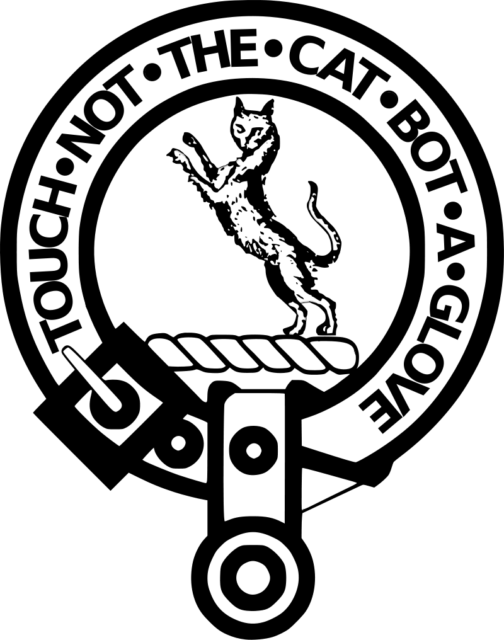
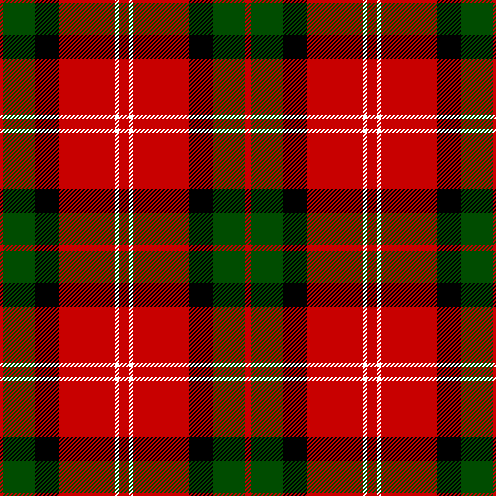
Clan Elliot (sometimes spelled as Eliot or Eliott) is a Border Reiver Scottish clan. The origins of the Elliots have never been revealed, and they only appear as a distinct clan with a chief in the late 15th century.
All the documentation that contained information about the Elliot Clan was destroyed in a fire, all except for one document which states that the Elliots arrived in Teviotdale during the reign if Robert I, and they were soon recognized as one of the greatest “riding clans” of the Scottish Borders.
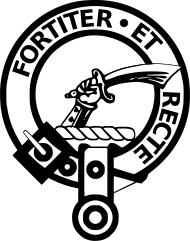
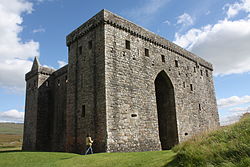
Their territory was around Upper Liddesdale, and the principal family in the early days was the Elliots of Redheugh, who often held the captaincy of Hermitage Castle. The motto of the Elliot clan is “Boldly and rightly”.
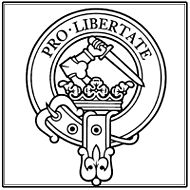
The Wallace Clan originates from the Scottish Lowland area of Strathclyde, near Glasgow. The most famous member of the clan was the Scottish patriot William Wallace, “the Hero of Scotland”, of the late 13th and early 14th centuries.
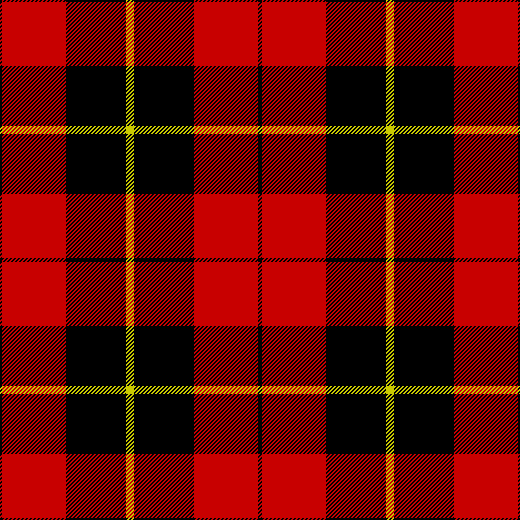
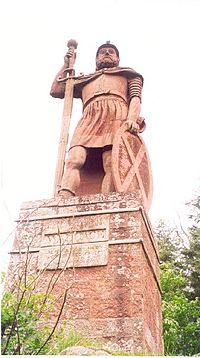
Read another story from us: Robert Burns- the most beloved poet of Scotland
The first records of the Clan Wallace date from the 12th century as owners of extensive lands around Ayrshire and Renfrewshire. Richard Wallace (Walensis) of Riccarton, who held lands in Kilmarnock, and was a vassal of the High Steward of Scotland before 1160, is hailed as the founder of the Wallace family. The motto of the Wallace clan is “For liberty”.
